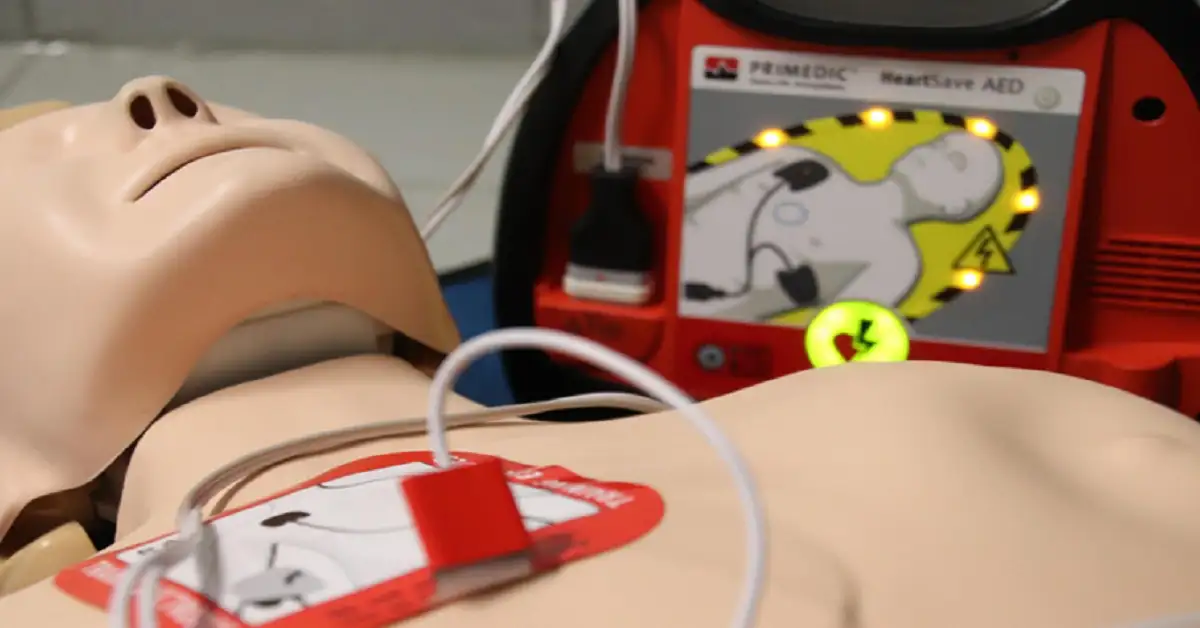Sports can be fast, fun, and full of energy. But sometimes, unexpected injuries happen right on the field. Do you know what to do if someone stops breathing or gets hurt badly?
CPR and first aid are important skills that save lives. Coaches, players, and parents should all be prepared. These simple steps can make a big difference in emergencies.
Learn what to do before help arrives. Keep reading to discover how you can stay ready during sports action.
Why CPR Matters During Sports Emergencies
During sports, heart issues or sudden injuries can cause a collapse. CPR helps the heart keep pumping until help arrives. Early action increases the chances of survival.
Quick chest compressions keep blood flowing to the brain. Knowing CPR helps you act fast in scary moments. Coaches and players benefit from learning this life-saving skill.
Even a few minutes of delay can be dangerous. Everyone on the field should understand how CPR works.
First Aid Basics Every Sports Team Should Know
First aid helps treat cuts, sprains, and other common injuries. Knowing how to stop bleeding is very important. Cold packs help reduce swelling quickly.
Splints can support broken bones until help comes. Having a first aid kit on-site is smart and easy. Learn how to treat small wounds and burns right away.
Stay calm and help others feel safe. First aid training builds confidence and readiness for any event.
Using AEDs in Sports Settings
Automated External Defibrillators (AEDs) restart the heart in emergencies. Many schools and sports centers keep AEDs nearby. They are easy to use and have simple instructions.
AEDs give the heart an electric shock to restore rhythm. Knowing where the AED is can save precious time. Make sure teams know how to use them correctly.
AEDs work best when used within a few minutes. Practice using one during sports safety drills.
Building Confidence Through Certified Training
Getting trained makes people act faster and smarter. A good course teaches both CPR and first aid together. Training includes how to handle choking, bleeding, or a fainting player.
Kids and adults both benefit from learning these skills. Online options are flexible and easy to follow.
A trusted resource like CPR Certification Now offers clear and reliable training:
https://cprcertificationnow.com/collections/cpr-and-first-aid-certifications
Once certified, you’ll feel ready to help in any sports emergency.
Being Ready: Emergency Plans for the Field
Having a plan saves time when every second matters most. Teams should practice what to do during injuries or emergencies. Know who will call for help and who will give first aid.
Keep emergency contacts and medical info easy to find. Post safety steps in the locker room and field.
Practice drills every season for better memory and speed. Plans make sure everyone knows what to do right away.
Stay Prepared and Ready to Act
On-the-field sports emergencies can happen at any time. Being prepared with CPR and first aid skills can save a teammate’s life. Simple actions like chest compressions or stopping a nosebleed matter.
Every coach, player, and parent should learn how to help. Don’t wait until it’s too late—get trained, stay alert, and be ready to respond.
Emergencies don’t give warnings, but you can still be prepared. Learn, practice, and act. You could be the reason someone walks off the field safely.
